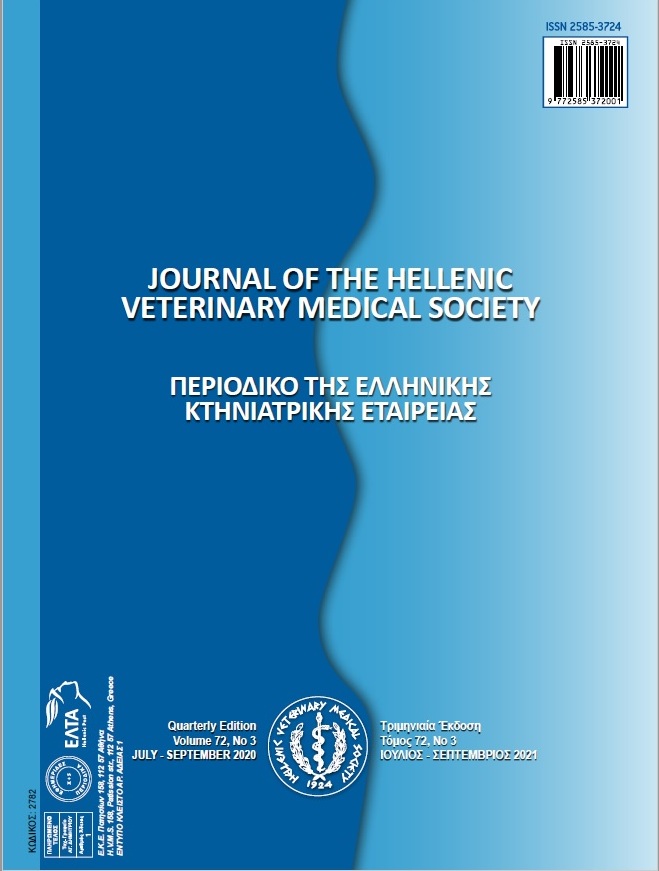Characterization of Faecal Enterococci from Wild Birds in Turkey and Its Importance in Antimicrobial Resistance
Resumen
This research aimed to investigate the diversity of faecal enterococci isolated from wild birds, to detecttheir antibiotic resistance patterns and to determine their distribution of genes related to vancomycin resistance. Additionally, to investigate their virulence factors that are important in the development of the disease. One hundred seven cloacal/rectal samples were inoculated onto Enterococcus Agar, and presumptive colonies were identified and confirmed by PCR. Multiplex PCR assays were used to screen vanA, vanB, vanC1 and vanC2/3. The virulence-related genes; ace, gelE, efa and agg were determined by PCR. Among the 103 enterococci, 62 E.faecalis, 23 E.faecium 3 E.gallinarum, 2 E.durans, 1 E.casseliflavus and 12 Enterococcus spp. were identified. Of the 103 enterococci, 26 were found to be resistant against to three or more antibiotics. The highest percentages were detected for chloramphenicol (52%), tetracycline (33%) and erythromycin (30%). Two E.gallinarum isolates were harboring three virulence factors, and one isolate was carrying a single virulence factor. There is no virulence factor in the E.casseliflavus isolate. Also, vanA and vanB genes were not found. Forty-two of 103 enterococci were harboring virulence factors, more frequently in E.faecalis. Forty-two enterococci carried efa A, 31 isolates carried gel E, and ace was found in 18 isolates. Virulence gene agg was not detected. When the results of the study were evaluated in general, multiple drug resistance was described as 25%. Considering the risk of polluting the water resources of wild animals, it is suggested that the continuity of this type of epidemiological study in wildlife animals is necessary. In conclusion, the wild birds may act as substantial reservoirs carrying antimicrobial resistance among enterococci and estimate the potential risk for man, pets and farm animals.
Article Details
- Cómo citar
-
DIREN SIGIRCI, B., CELIK, B., HALAC, B., BASARAN KAHRAMAN, B., BAGCIGIL, A., & AK, S. (2021). Characterization of Faecal Enterococci from Wild Birds in Turkey and Its Importance in Antimicrobial Resistance. Journal of the Hellenic Veterinary Medical Society, 72(3), 3015–3022. https://doi.org/10.12681/jhvms.28482
- Número
- Vol. 72 Núm. 3 (2021)
- Sección
- Research Articles

Esta obra está bajo una licencia internacional Creative Commons Atribución-NoComercial 4.0.
Authors who publish with this journal agree to the following terms:
· Authors retain copyright and grant the journal right of first publication with the work simultaneously licensed under a Creative Commons Attribution Non-Commercial License that allows others to share the work with an acknowledgement of the work's authorship and initial publication in this journal.
· Authors are able to enter into separate, additional contractual arrangements for the non-exclusive distribution of the journal's published version of the work (e.g. post it to an institutional repository or publish it in a book), with an acknowledgement of its initial publication in this journal.
· Authors are permitted and encouraged to post their work online (preferably in institutional repositories or on their website) prior to and during the submission process, as it can lead to productive exchanges, as well as earlier and greater citation of published work.





